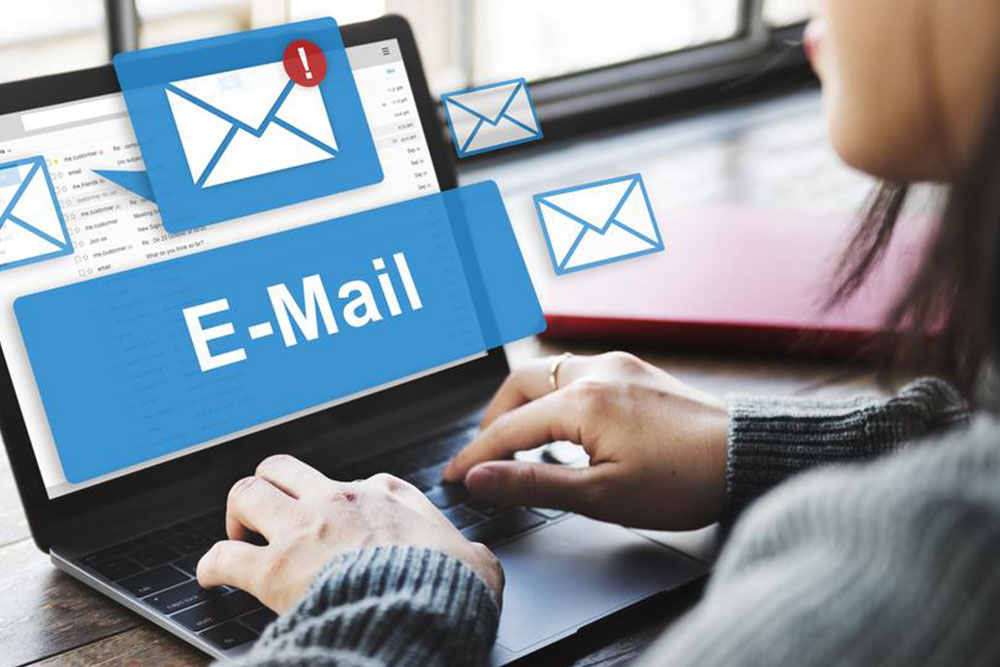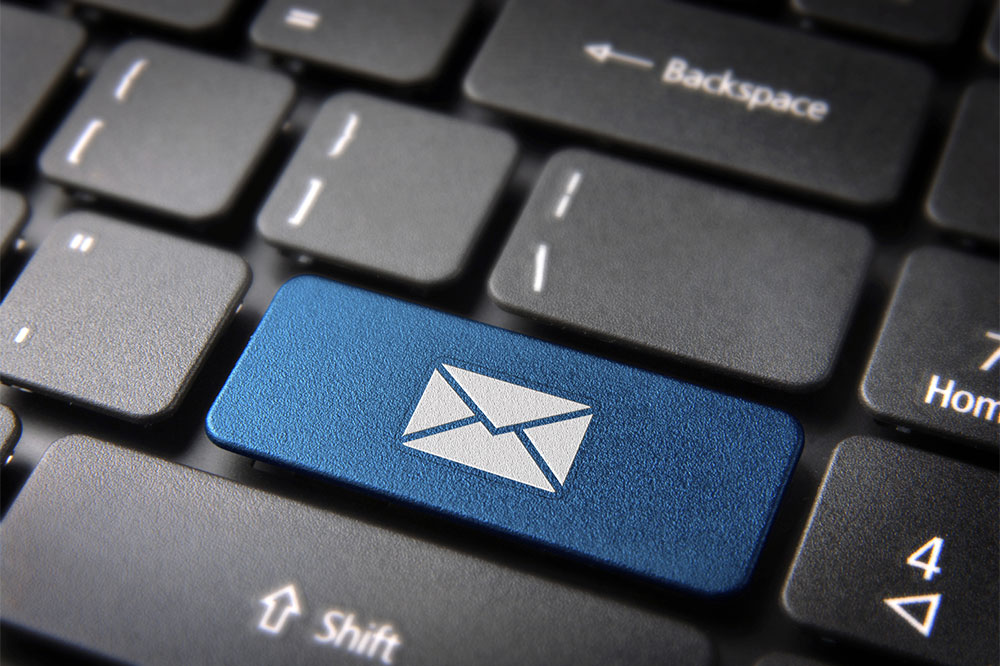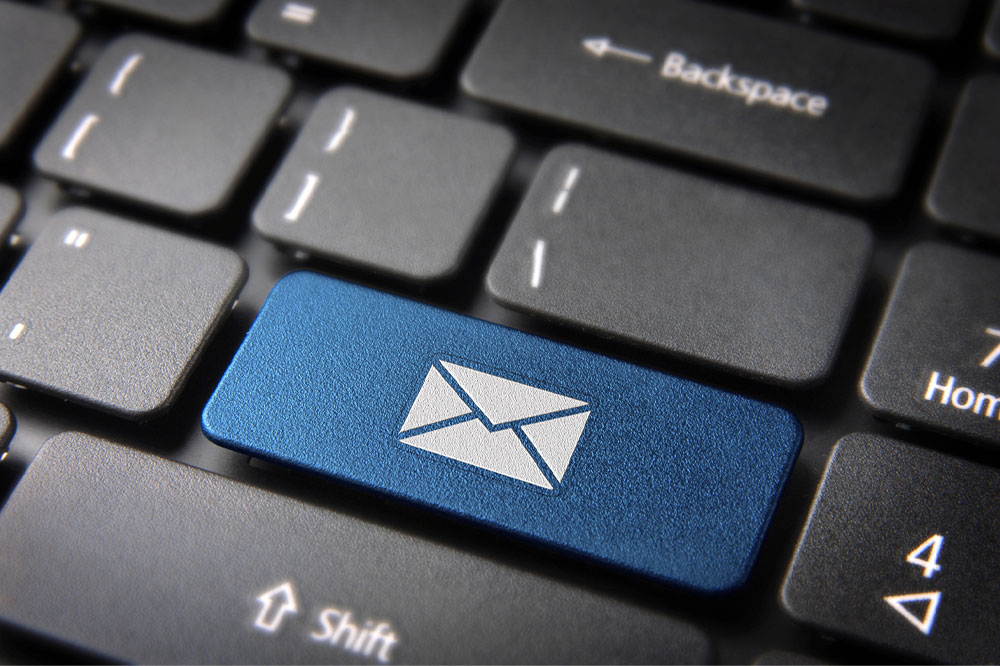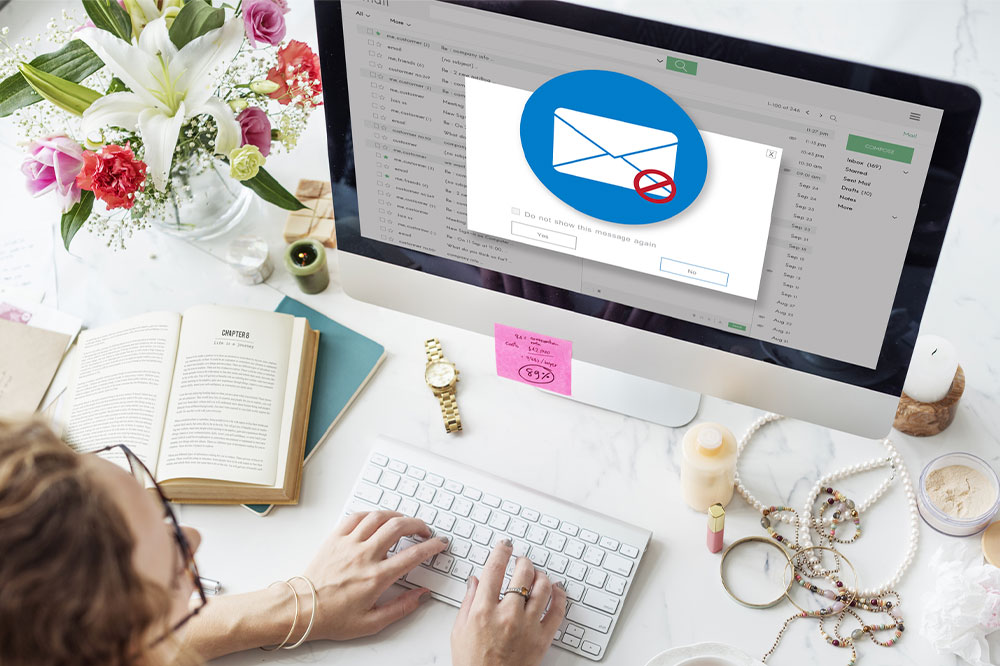Top 7 Tips for Effective Email Communication
Master effective email communication with seven essential tips. Keep messages concise, understand your audience, proofread diligently, minimize attachments, respond promptly, use a professional signature, and review before sending. These practices help improve clarity, professionalism, and efficiency in formal correspondence, ensuring your messages are well-received and understood in a business environment.
Sponsored

Top 7 Tips for Effective Email Use
Email serves as a digital messaging platform allowing the exchange of text, images, audio files, and documents through attachments. As one of the earliest online services, email remains essential in personal and professional communication. It simplifies tasks that traditionally relied on paper letters, making work more efficient and organized.
Here are seven expert tips for making the most of your email communication:
Keep messages concise: In professional settings, emails are used for official communication and documentation. Avoid casual language or lengthy messages. Use bullet points and highlight key information for quick readability.
Understand your audience: Emails should remain formal without slang or emojis, ensuring clarity and professionalism. Be precise and respectful with your tone.
Always proofread: Checking for spelling, grammar, and punctuation errors prevents miscommunication and enhances your credibility. Well-polished emails reflect professionalism.
Minimize attachments: Sending unnecessary files can annoy recipients and risk security issues. Compress multiple files into ZIP or RAR formats and keep antivirus software updated to prevent malware spread.
Respond promptly: Monitor your inbox and reply swiftly with brief acknowledgments when necessary. Avoid unnecessary urgent flags unless critical.
Add a professional signature: Include your name, title, company, contact details, and website. Steer clear of overly decorative fonts or graphics to maintain a serious tone.
Think before sending: Review messages carefully to avoid sending angry or inappropriate content. If unsure, consider a call or face-to-face conversation instead.





